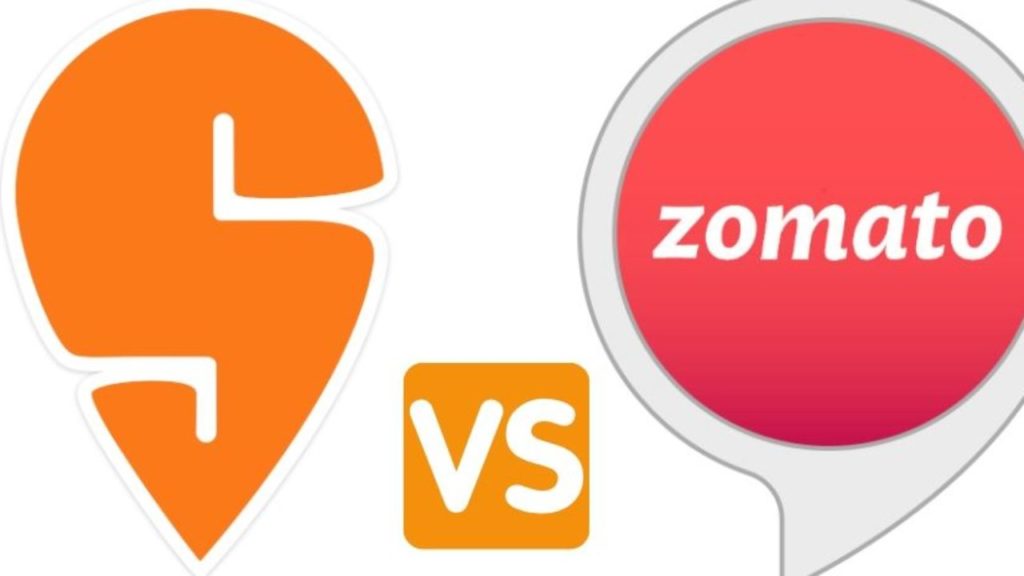With 9000 Orders/Second, Swiggy Beats Zomato This New Year Eve: 40 Lakh Orders In 24 Hrs!

Zomato and Swiggy found that their business soared on New Year’s Eve as a lot of people chose to stay indoors and celebrate the end of the year.
The online food delivery platforms have beaten their own previous records and have clocked record numbers.
For the second time in a row, both Zomato and Swiggy have had a huge demand for online orders.
Read on to find out all the interesting details about Zomato and Swiggy’s orders!
Swiggy And Zomato Break Their Own Previous Records
Zomato has clocked as many as 7100 orders per minute, and Swiggy went past 9000 orders per minute at 8.20 pm on December 31, 2021. Usually, both Zomato and Swiggy receive more than 1.5 million orders a day.
If we compare this to last year’s new year eve, Zomato had clocked 4000 orders per minute and Swiggy’s numbers were more than 5000 orders per minute.
However, the surge in online orders put a tremendous strain on the UPI mode of payment and many users complained of failed payments. Deepinder Goyal, Zomato founder and CEO, said, “UPI success rate is drastically down across all UPI apps (40% success rate right now, down from 70%+). Will affect OPM negatively.”
Swiggy Instamart, Zomato’s Blinkit Clock High Orders
Swiggy’s Instamart also clocked a huge amount of orders, as many as 12930, and this number hasn’t been included in the previous numbers.
Whereas, Zomato backed Blinkit also saw a huge demand for nachos, sodas, ice packs, lemons, and popcorn.
We recently reported to you that starting 2022, ordering food from online food aggregators like Swiggy and Zomato would get costlier, as these entities would have to pay an overhead Goods and Services Tax of 5% for cooked food orders through their platforms.
This will not only put a price pressure on the aggregators but also on the end customers and small business restaurants, with an annual revenue of not more than Rs 40 lakh.
The addition of 5% GST by food aggregators came after the finance ministry issued a circular to announce the new rule in the 45th meeting of the GST Council in September.

Comments are closed, but trackbacks and pingbacks are open.